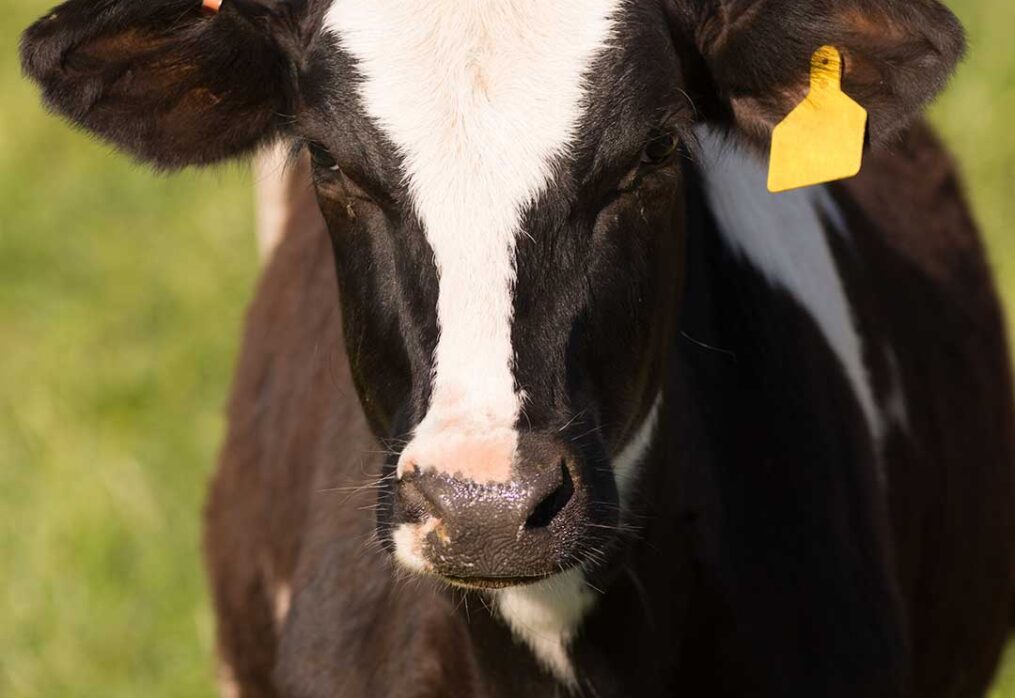10 Signs your cow is Healthy and Feeding well
It is important for you as the farmer to know when your cow is healthy, how it behaves when healthy, how it feeds, and how it responds to its environment. This knowledge and important information will intern help you to promptly identify and quickly respond when something is wrong with your cow. Herein, we shall teach you the signs that show, without a doubt, your cow is healthy and feeding well.
1. Clean Nose and mouth
A healthy cow typically has a clean nose and muzzle with no dribbling or discharge. If you notice consistent dribbling saliva on/around the mouth of your cow, then you must keenly and closely observe it to determine if there might be any other signs indicating illness. A healthy cow has a clean closed mouth.
2. Appearance, Alertness and Behavior
This is easy for most seasoned farmers to notice. A healthy cow should be alert and responsive to its surrounding, standing on all four legs with a general attitude that is free from distraction and/or low energy.
3. Undamaged knees with regular movement
This is one of those signs that you need not only look, but keenly observe your cow in order to notice. When healthy, your cow should be well balanced walking on all fours, with a general movement that indicates regularity. Any observation to the contrary may indicate pain on the animal’s legs.
As a general rule of observation, the knees should be undamaged with full hair covering.
4. Good rumen fill and strong chewing activity
Typically, consistent poor eating by your cow is one of the clearest signs that your animal might be sick. It is however important to ensure you are providing your cows with quality feed. We have always advocated for nutritious maize silage for abundant output.
Strong chewing activity; for cows a 55 to 75 chews per cud is considered normal and therefore healthy.
5. Steady almost soundless breathing
Just like in humans, breathing in a healthy cow must be steady and almost soundless at rest. It is also important to note, that a 10 to 30 times a minute is considered normal for a healthy cow. While different factors including altitude, activity and temperature (may) affect the breathing of your cow, at rest, there should be little to no chest movement.
6. Body size/weight and fat
Like in most animals, humans included, it might be challenging to assess the health-profile of your cow by simply looking at the body size and fat. But generally, a healthy animal has sufficient flesh cover and fat. If your cow, for example, losses weight suddenly while on the same feeding diet/ration as before – then this is certainly something to be concerned about.
7. Body temperature
When observing the body temperature of your cow, it is important to note that environmental factors might affect the body temperature of the animal. However, a normal rectal temperature of a healthy cow is about 38 to 38.5 degrees Celsius.
8. Clean Hindquarters
It is important to observe the hindquarters of your cow. In a healthy cow, there should be no dung on both sides of rump. There should no asymmetrical soiling and the general surrounding of the cow should not be unusually dirty. If the hindquarters are dirty, then it is important to observe the general condition of the animal as it could be a sign of disease.
9. Soft symmetrical udder
When felt by hand, the udder should be soft with no sign of swelling or injury on the animal’s teats and teat ends of any nature.
10. Shinny hair all-round with no wounds
A healthy cow ordinarily has shinny hair all round its body with no wounds.
When you are able to observe the general condition of the animal, at first glance, you will be able to notice if there are any obvious signs of illness. This is the first step in being able to determine if your cow needs to be seen by a vet. If you are able to observe these signs, you will be able to take the first step in preventing your cow from getting sick.
